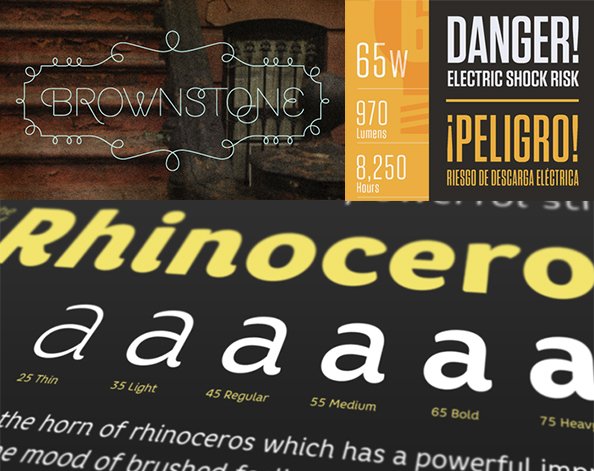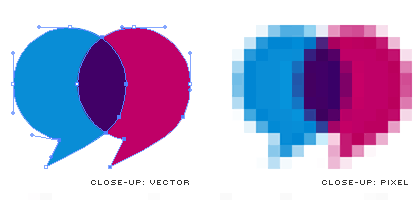Jargon, or the Elements of Design
As companies increasingly rely on visual content to help convey their messages to consumers, it’s important for them to have a clear dialogue with the designers and illustrators creating that content. We know, first hand, that it’s easy to get caught up in the jargon. Here’s a simplified guide that will hopefully help you non-designers keep things straight.
The Ideology: Design as Text and Image
“Design” is term that carries a lot of weight, partly because it’s used in so many different contexts. Here at Beutler Ink, we like to define design as visual problem solving. Specifically, design translates messages—from marketing narratives to data sets—into a visual deliverable that clearly tells that story to its viewers using text and images. These two things, in tandem, are the foundation of the work we do.
Text is language, the very basis of how we communicate. Because we’re telling visual stories with content creation, our goal is to tell the clearest story we can, as quickly as possible, with as few words as possible, which means typography is our number one tool to make sparse amounts of text communicate a larger message. There is an ever-expanding library of different typefaces that help support your message. Whether it’s an urgent call to action or an understated intro, there exists a perfect set of letters to match your tone.
An example of different tones through typography. Top left: Brownstone by Sudtipo. Top Right: Tungsten by Hoefler and Frere-Jones. Bottom: Core Rhino by S-Core Co.
The use of image is the second crucial part of visual communication. Image here can mean either photographs or illustrations. Though photography is a great literal use of image, illustration can also be visually engaging and whimsical in its nature, as well as having virtually no limits for what you can show. Even with the existence of photoshop, photography does have its limits.
This visual range is part of why illustration is the most popular visual device requested by our clients. Another plus: WE LOVE TO DO IT! It’s one of our strongest skill sets. Backing up a short textual message, or even standing alone, an illustration is one of the most fun ways to communicate visually.
An example of range of illustrations. From left to right, skulls illustrated by MUTI, Nick Slater, and Bart Aalbers.
The Output: Vector-based vs. pixel-based graphics
Pixel based graphics are built in (you guessed it) pixels; tiny boxes of color that make up a single image. Many people are familiar with pixels through dealing with images from digital cameras in formats like jpeg, and most people have realized that they can sometimes be a pain to resize. Like getting a haircut, you can always chop off more pixels, but you can’t add them back in, so when you go to make a low resolution image larger, you will likely experience some data loss that leads to pixelated photos. Ideally, you only want to print images with large amounts of pixels, the standard being 300dpi (or dots per inch).
Comparison of vector- and pixel-based illustrations, from David Chew Tutorials.
Unlike their pixelated counterparts, vector-based graphics are built in lines. Because of this, they can be scaled up or down without any loss in quality. Logos and icons are traditionally vector based for easy editing, recoloring, and resizing. Vector graphics are ideal for printing, as they will always print cleanly, with no pixelation. Plus, vector-based graphics can be turned into pixels once they’ve been generated. This allows for slick looking graphics to be translated into pixel-based mediums like website images, videos, and animated gifs. Programs that generate vector-based graphics are expensive, though, and remain less popular outside of the design profession.
All of these elements of design are a part of the daily design grind/magical process by which the word is filled with grade-A visual content.



